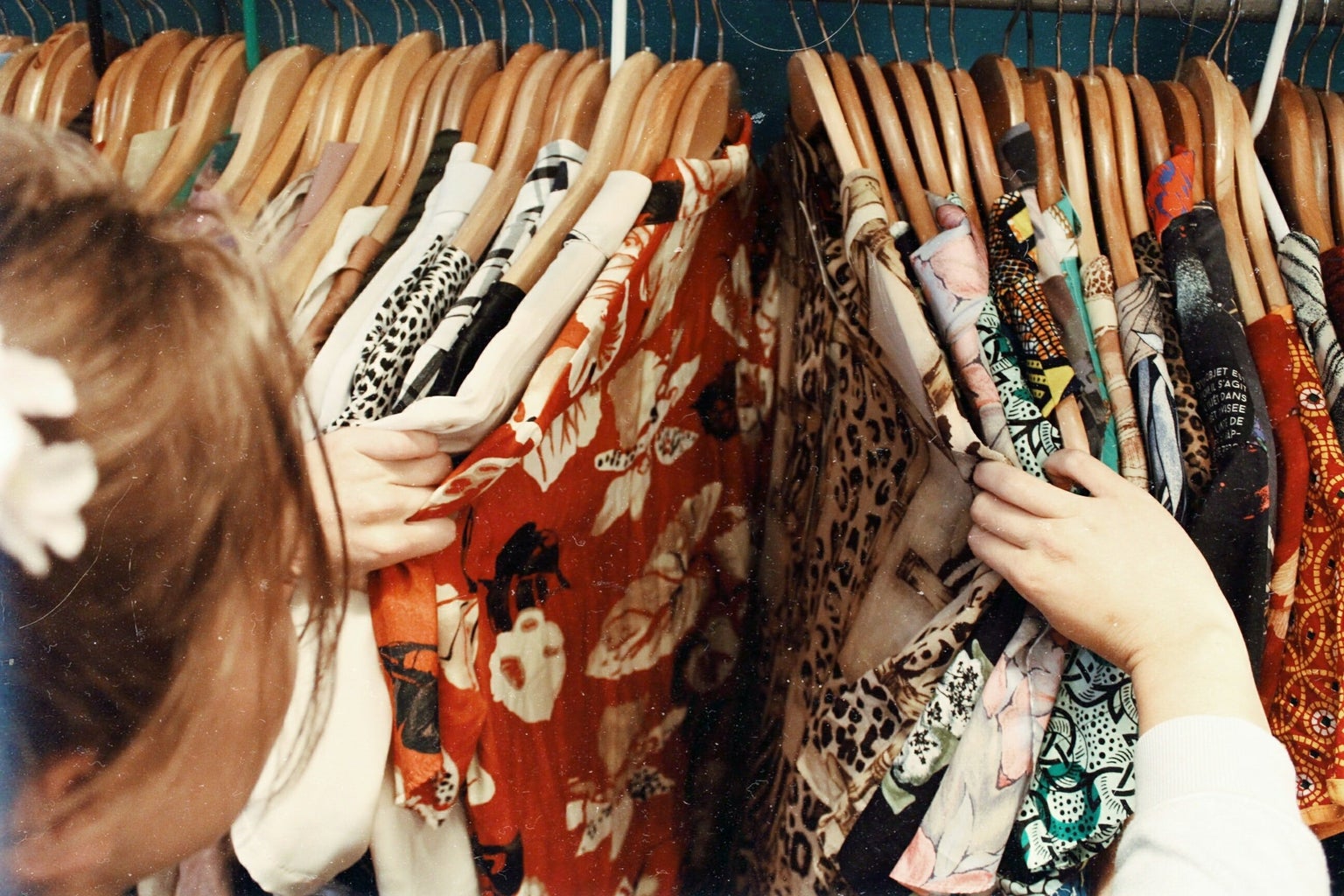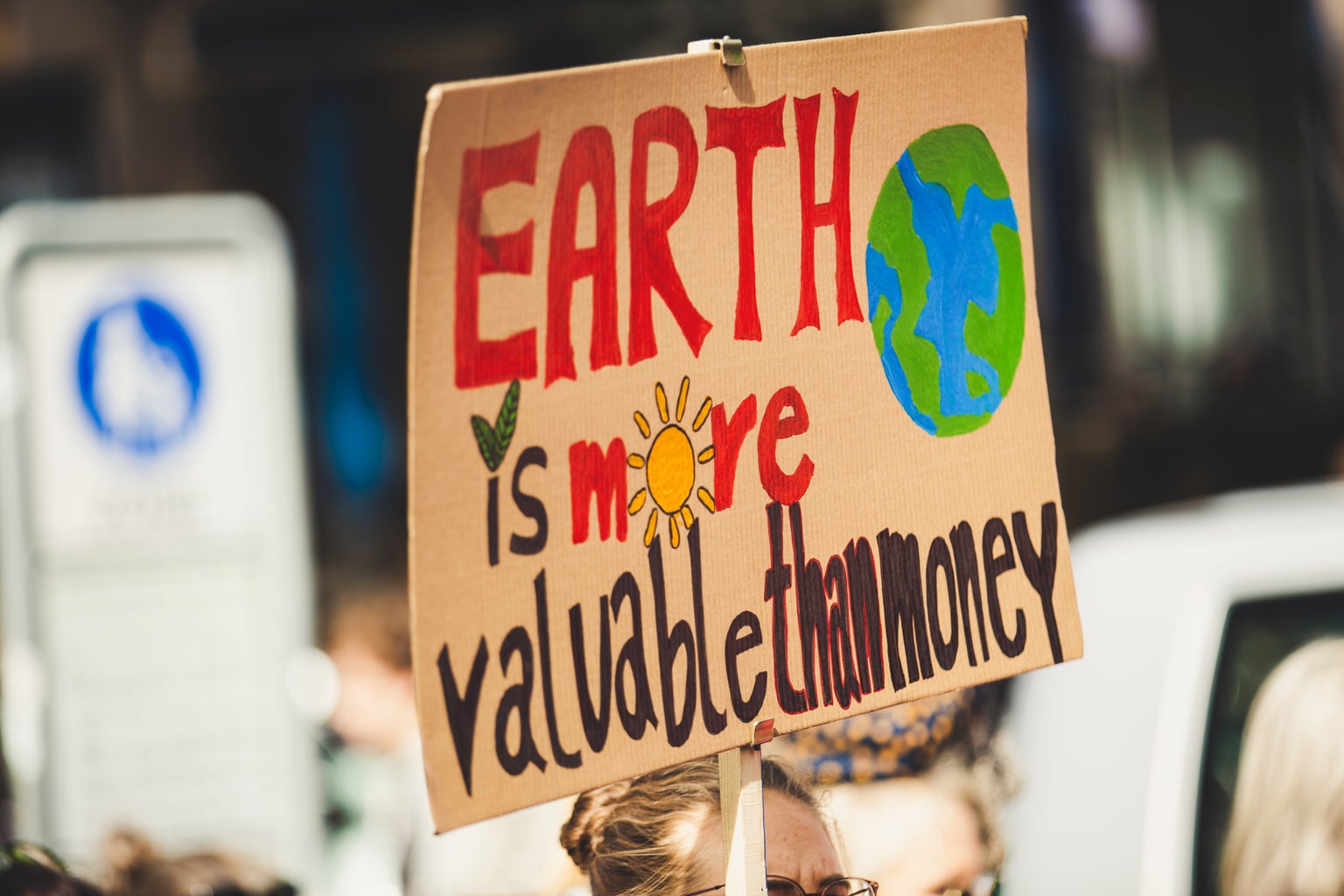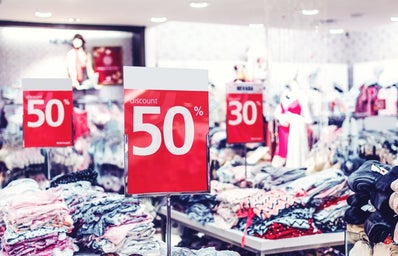“Cute tops for $6, trendy dresses for $10 and a whole set of bracelets for $2.50! This feels too good to be true, there must be something wrong…” Well, that’s because there is.
Before splurging at stores with ridiculously low prices, spend a few minutes researching where the brand’s factories are located, if they have any ethical and/or sustainable guidelines and, most importantly, who makes their clothes and how much the workers are being paid.
If the brand you researched sells products for prices similar to the ones mentioned previously, you most likely came across a company that does not follow any sustainable or ethical guidelines. When Googling the manufacturer’s name, what you likely found were indications of slave labour and unsustainable production, as well as negative reviews on the products’ quality. These companies are part of a multibillion industry called Fast Fashion.
Nonetheless, that is not to say that brands which sell products at higher prices are excused from scandals involving labor exploitation and environmental scandals. Luxury labels, such as Lululemon, have already faced allegations from employees regarding poor working conditions and human rights abuses. It is important to highlight, however, that consumers should be extra suspicious regarding brands which sell items at peanut prices.

But what exactly is Fast Fashion?
The name says it all. Fast. Fashion. Meaning that big brands, including H&M, Forever 21 and GAP focus on the rapid and cheap production of the latest runway fashion items.
Undeniably, products that are manufactured under high speed are bound to last for a short amount of time. During an event hosted by the American University’s Muslim Student Association, Hoda Katebi, an Iranian-American fashion blogger and activist for garment workers’ rights, claimed that Fast Fashion items are “designed to fall apart faster.” As soon as consumers deem their clothes unwearable, they will feel the need to purchase a new set of cheap, poor quality pieces.
Understanding its impacts on workers and the environment.
This never ending cycle of fast production and fast consumption relies on slave and child labor. Research by the Global Labor Justice shows that sweatshops workers in Bangladesh must produce one or more items per minute, and Cambodian laborers tend to manufacture 210 difficult pieces or 500 easy pieces per hour. To work at this speed is almost humanly impossible.
Sweatshops owners use physical and sexual abuse when forcing workers to meet deadlines. Katebi said that Fast Fashion not only uses violence but depends on it in order to function.
Considering that roughly 85% of garment workers are women, gender-based violence is a common practice in sweatshops.
Katebi mentioned that collapses from exhaustion, regular and unpaid overtime, threats of rape and sexual assault, firing pregnant women and retaliations for speaking up, are abuses that occur frequently in manufacturers.
According to two separate reports from the Global Labor Justice, more than 540 workers in Asian sweatshops that supply H&M and Gap have experienced incidents of threats and abuse. This number, however, does not include unreported cases of sexual abuse.
Tola Moeun, director of Central Cambodia, an NGO involved in the research, told The Guardian that “most of these cases are not reported due to fear of retaliation in the workplace.”

According to UNEP reports, the fashion industry is responsible for producing 20% of global wastewater and 10% of global carbon emissions. The overconsumption of cheap fashion items that last only for so long lead consumers to donate or throw away pieces that are no longer wearable. In the United States, almost 85% of textiles end up in landfills. This contributes to greenhouse gas emissions as clothes are either burned, or it may take up to 200 years for the items to decompose.
Moreover, the chemicals used to give clothes vivid colors, as well as water-resistant and anti-wrinkle properties, contaminate rivers and lakes. The World Bank estimates that 72 toxic chemicals end up in waterways, making the textile dyeing industry the second-largest water polluter, losing only to oil.

How can consumers help?
According to Katebi, there is no solution to Fast Fashion. The activist argues that abolition is the one and only way to end human rights abuses in sweatshops.
However the abolition of such an industry that is so deeply embedded in American society and culture may only happen years, if not decades, from today. So what can consumers do as of right now?
First, ask #WhoMadeMyClothes.
As mentioned, a crucial step in fighting Fast Fashion is to research the brands you are purchasing items from. Educate yourself on the issue, and be conscious of the businesses you are supporting. Secondly, and most importantly, consumers need to stop buying massive amounts of clothing pieces from Fast Fashion labels.
Individuals should consider purchasing fewer items at ethical and sustainable shops. Instead of buying 20 pieces that will only last for a short period of time, at a Fast Fashion store, consider investing in 10 items from an ethical and sustainable brand. Although individually the sustainable shop items may be more pricey, they will have a longer lifespan compared to the products from the Fast Fashion company. All in all, buying less and shopping sustainably means avoiding the destructive industry that is Fast Fashion.
Ultimately, consumers need to recognize that the dress being sold at Forever 21 comes at a much higher price than just $6.


